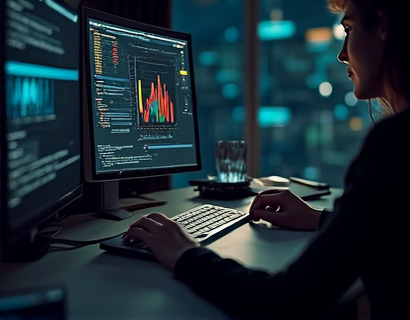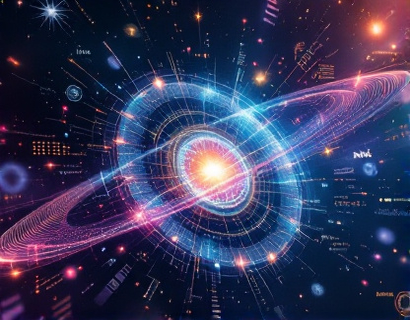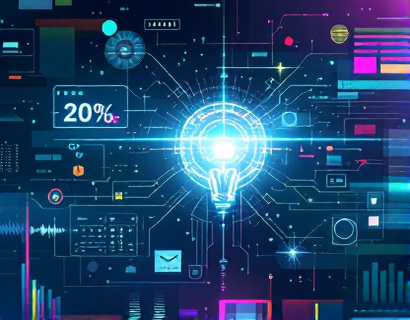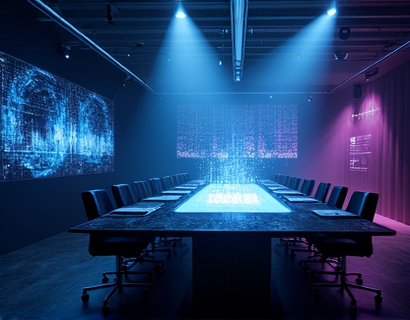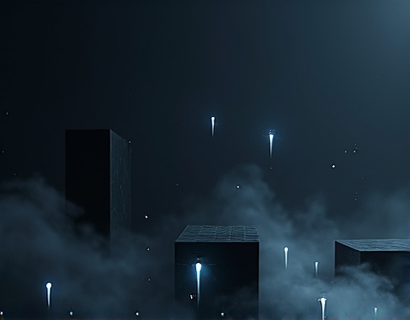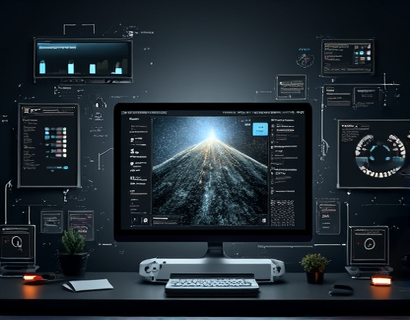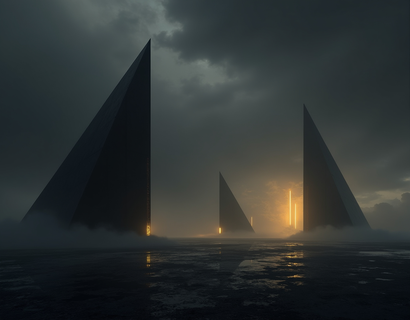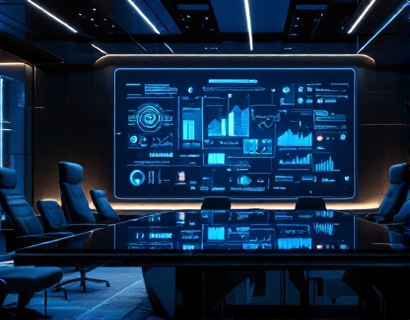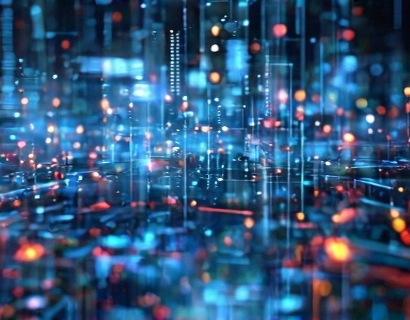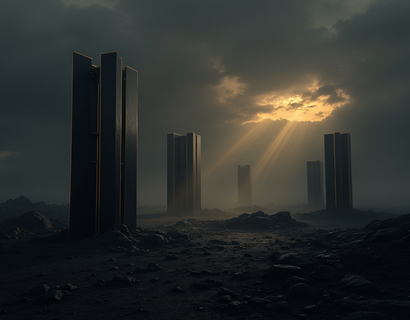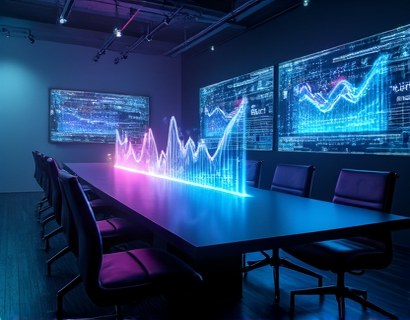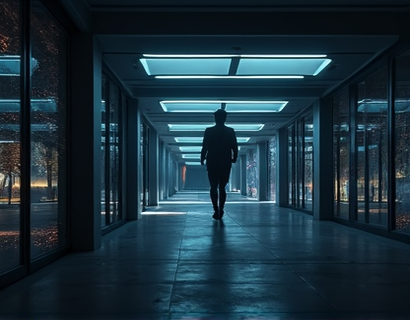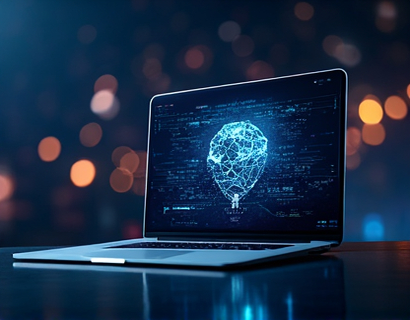Unlocking the Diversity of Digital Assets: A Premier Guide for Enthusiasts and Collectors
In the rapidly evolving world of digital collectibles, enthusiasts and collectors are constantly on the lookout for new and exciting ways to explore, connect, and engage with a wide array of unique digital assets. This premier guide is designed to unlock the full spectrum of digital assets, offering an extensive collection of exclusive resources tailored to meet the diverse interests and needs of asset enthusiasts and collectors. Whether you are a seasoned collector or a curious newcomer, this comprehensive resource will provide you with valuable insights and a wealth of information to enhance your digital asset journey.
Understanding Digital Assets
Digital assets encompass a broad range of items that exist in digital form and hold value. These can include digital art, collectible NFTs (Non-Fungible Tokens), virtual real estate, in-game items, and more. Each type of digital asset has its own unique characteristics and appeal, catering to different interests and investment strategies. Digital art, for instance, allows artists to create and sell unique pieces that can be owned and displayed in digital galleries. Collectible NFTs, on the other hand, offer a new dimension to traditional collecting, providing scarcity and verifiable ownership in the digital realm.
Exploring the Diversity of Digital Assets
The diversity of digital assets is one of their most compelling features. From visually stunning digital artworks to rare in-game items, there is something for everyone. This guide will delve into various categories of digital assets, helping you discover new areas of interest and understand the value and potential of each type.
Digital Art
Digital art has gained significant traction in recent years, with artists leveraging blockchain technology to create and sell unique pieces. These artworks can range from digital paintings and illustrations to 3D models and animations. The use of blockchain ensures that each piece is verifiably unique and ownership can be transparently tracked. For collectors, this means owning a piece of digital history that is both valuable and culturally significant.
One of the most exciting aspects of digital art is the emergence of new artistic movements and styles. Artists are pushing the boundaries of creativity, experimenting with interactive and immersive experiences. Platforms like OpenSea and Rarible have become hubs for digital art enthusiasts, providing a space to discover, buy, and sell these unique pieces.
Collectible NFTs
NFTs have revolutionized the way we think about digital collectibles. Unlike traditional digital files, NFTs are unique and cannot be replicated. This scarcity makes them highly desirable to collectors. NFTs can represent a wide range of items, from digital trading cards and virtual pets to exclusive access to events and experiences.
The market for NFTs is dynamic and rapidly growing. High-profile sales and collaborations between famous artists and brands have brought NFTs into the mainstream spotlight. For collectors, this presents both opportunities and challenges. On one hand, the potential for significant returns on investment is enticing. On the other hand, the market can be volatile, and understanding the nuances is crucial for making informed decisions.
Virtual Real Estate
Virtual real estate refers to digital properties within virtual worlds, games, and metaverses. These properties can include land, buildings, and other structures, and they often come with the ability to build, customize, and monetize them. Platforms like Decentraland and Sandbox have gained popularity for their immersive environments and the potential for real-world value.
Investing in virtual real estate can be a strategic move for those interested in the intersection of digital and physical worlds. As the metaverse continues to develop, the value of virtual properties is likely to increase. For collectors, owning a piece of virtual real estate can be a unique way to participate in the future of digital spaces.
In-Game Items
In-game items, such as rare weapons, unique skins, and exclusive characters, are another significant category of digital assets. These items often play a crucial role in gameplay and can significantly enhance the gaming experience. The rise of blockchain technology has allowed for the creation of verifiable and tradable in-game items, giving players true ownership and the ability to monetize their collections.
Gaming communities have embraced this new level of ownership, with players actively trading and collecting in-game items on specialized marketplaces. This has created a thriving ecosystem where gamers can not only enjoy their favorite games but also build valuable collections.
Benefits of Diversifying Your Digital Asset Collection
Diversifying your collection of digital assets can offer several benefits. First, it spreads risk. By investing in a variety of asset types, you reduce the impact of market fluctuations in any single category. Second, diversification allows you to explore different interests and passions, keeping your collection dynamic and engaging. Finally, a diverse portfolio can provide multiple avenues for potential returns, whether through appreciation in value, trading, or monetization.
For example, an enthusiast might choose to balance their collection with a mix of digital art, NFTs, virtual real estate, and in-game items. This approach not only enriches their collection but also provides a more robust and resilient investment strategy.
Getting Started with Digital Assets
For those new to the world of digital assets, getting started can seem daunting. However, with the right resources and guidance, the process can be smooth and rewarding. Here are some steps to help you begin your journey:
- Research and Education: Start by learning about the different types of digital assets and their potential uses. Websites, blogs, and communities dedicated to digital assets are excellent resources for gaining knowledge.
- Choose Your Assets: Decide which types of digital assets align with your interests and investment goals. Consider starting with a few areas that intrigue you the most.
- Select a Wallet: A digital asset wallet is essential for storing and managing your assets. Choose a reputable wallet that supports the types of assets you are interested in. Hardware wallets are recommended for securing your assets.
- Explore Marketplaces: Familiarize yourself with popular marketplaces where you can buy, sell, and trade digital assets. Platforms like OpenSea, Rarible, and SuperRare are well-known destinations for digital art and NFTs.
- Join Communities: Engaging with communities of like-minded enthusiasts can provide valuable insights and support. Forums, social media groups, and Discord servers are great places to connect with others who share your interests.
By following these steps, you can confidently enter the world of digital assets and start building a collection that reflects your unique tastes and interests.
Future Trends in Digital Assets
The landscape of digital assets is constantly evolving, with new trends and innovations emerging regularly. Here are some key areas to watch:
Interoperability
Interoperability refers to the ability of different blockchain platforms and digital assets to work together seamlessly. As this feature develops, it will enable greater flexibility and utility for digital assets, allowing users to move their assets across different platforms and ecosystems without barriers.
Integration with Physical Worlds
The integration of digital assets with the physical world is another exciting trend. Projects that bridge the gap between virtual and real-world assets, such as physical tokens that unlock digital content or vice versa, are gaining traction. This convergence has the potential to create new opportunities for collectors and enthusiasts.
Sustainability
As environmental concerns grow, the sustainability of blockchain technologies is becoming a focal point. Solutions like proof-of-stake consensus mechanisms and eco-friendly blockchain platforms are being developed to reduce the environmental impact of digital asset transactions.
Conclusion
The world of digital assets offers a rich and diverse landscape for enthusiasts and collectors. From digital art and NFTs to virtual real estate and in-game items, there is something for everyone. By understanding the different types of digital assets, diversifying your collection, and staying informed about trends and innovations, you can navigate this exciting space with confidence. Whether you are a seasoned collector or a curious newcomer, the journey into the world of digital assets is sure to be rewarding and full of discovery.



